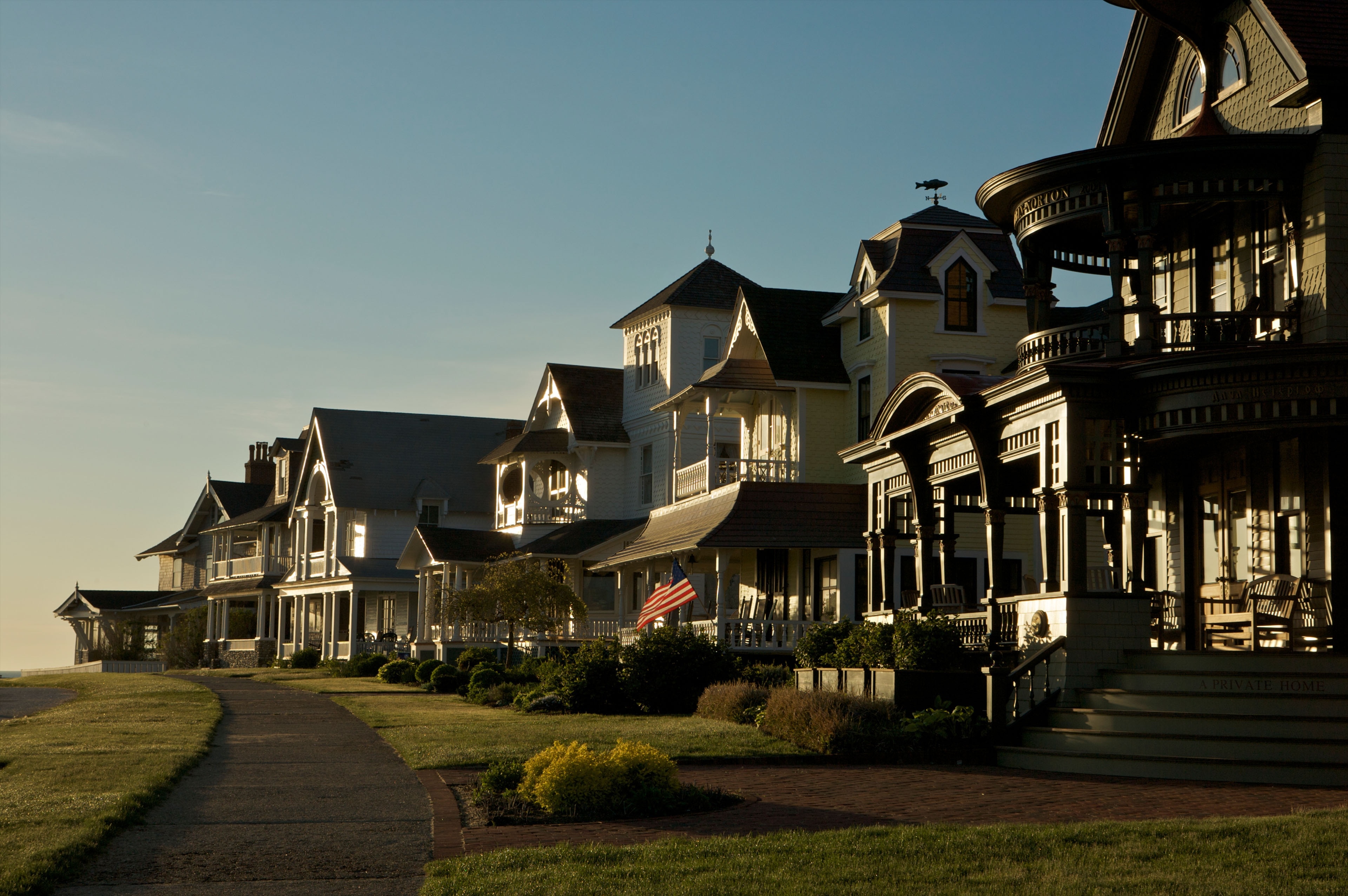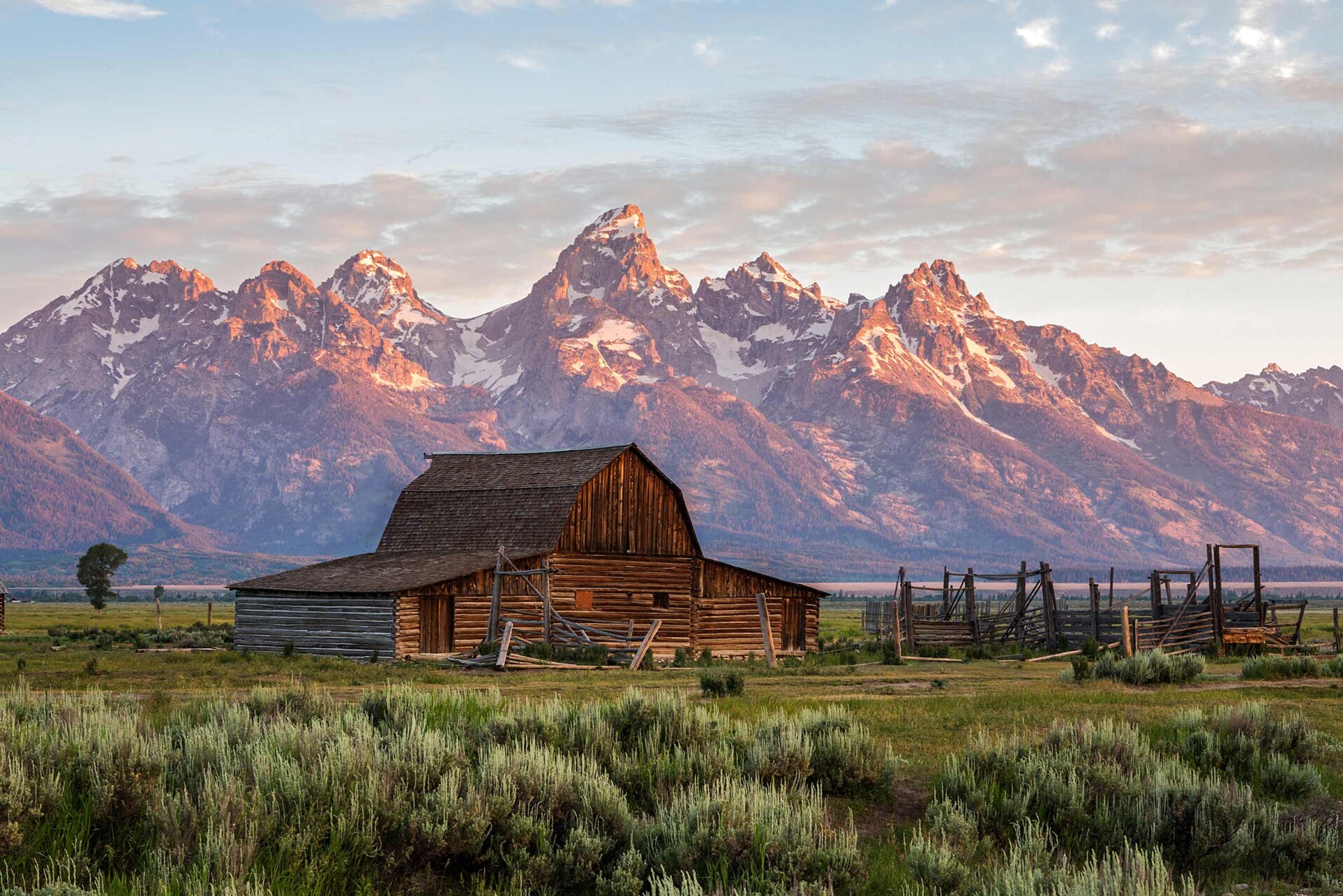In a nation where dreams of homeownership once flourished, a stark reality emerges: certain cities in the United States are slipping beyond the grasp of the average American. As we navigate through the intricate web of rising real estate costs, let's dissect the troubling trends and unearth the factors contributing to this unyielding climb in housing prices.
ATTOM is a provider of property data that released a report analyzing home affordability in nearly 600 US markets. Some key findings from the ATTOM report mentioned include:
- An annual salary of $75,000 is needed to afford a typical home in more than half (over 50%) of the nearly 600 US markets that ATTOM analyzed.
- The counties found to be the most unaffordable for home purchases were concentrated in areas along the California coast as well as Manhattan, New York.
- Specifically, the report found that in New York County (Manhattan), an annual wage of over $383,000 is needed to afford a typical home.
- Areas surrounding San Francisco like San Mateo, Santa Clara, and Marin counties require annual salaries of around $350,000 to afford a typical home.
- Across California overall, 35 cities have an average home price of over $1 million according to the ATTOM data and analysis.
This underscores the growing challenges of housing affordability nationwide. The report highlighted several California and New York counties as being among the most severely unaffordable.
California's Coastal Conundrum and the Manhattan Mirage
The ATTOM report found that the most severe housing unaffordability in the U.S. was concentrated in two key regions - California's prized coastal areas stretching from Los Angeles to San Francisco, and Manhattan in New York City.
California's coastline is well-known for its idyllic weather, access to beaches and ocean activities, and prominent tech industry jobs. However, these desirable attributes have also made the region profoundly unaffordable. Nowhere is this more evident than in the counties surrounding the San Francisco Bay. According to the report, counties like San Mateo, Santa Clara, and Marin require annual salaries approaching $350,000 just to afford the median-priced home. The limited housing stock coupled with relentless demand has sent prices skyrocketing over the past decade.
Further south, the trend continues in California's other storied coastal cities. A full 35 municipalities across the state now see average home values exceeding an astounding $1 million. With prices nearly doubling or tripling over the past 10-15 years in many areas, the California dream is now completely out of reach without well into the six-figure salary range.
Meanwhile, on the opposite coast, the ATTOM numbers illustrate just how immense the housing hurdle is in Manhattan, the financial and cultural epicenter of New York City. In New York County, a jaw-dropping annual salary topping $383,000 is necessary just to qualify for a mortgage on the average home. With space at an absolute premium on the small island, prices have scaled to similar heights. As a result, all but the most wealthy individuals find themselves shut out of the Manhattan housing market.
Related: The Impending Commercial Real Estate Crisis: Insights From Kevin O'Leary
Insights from the Frontlines: Voices of Real Estate Agents
Embarking on a journey through the lens of real estate agents, we gain intimate access to the challenges plaguing five particularly unaffordable cities.
Oak Bluffs, MA
Situated on the idyllic Martha's Vineyard, Oak Bluffs attracts affluent second-home buyers, but its small year-round community struggles with affordability. With only around 350 residents living on the island year-round, land is scarce. Strict zoning further constricts new development due to commitments to preserving historic charm. As a result, the limited housing supply cannot keep pace with demand, and prices for the town's small inventory of homes have soared to a minimum of $798,000. Rental options provide little relief, leaving many locals unable to find suitable affordable housing.

San Francisco, CA
As one of the most desirable job markets in tech, San Francisco sees intense bidding wars for its constrained supply of homes. Construction of new units falls far below demand levels due to geographical confinement limiting outward expansion. What new homes are built are disproportionately high-end luxury properties, contributing little to affordability relief. With the median home price exceeding $1.3 million, housing costs are stretched far beyond what local public servants, small business owners, and service workers can afford. Both buying and renting place significant financial stress on all but the wealthy, exacerbating economic inequality and displacement issues.

San Diego, CA
Despite its popularity as a tourist destination with a flourishing economy, San Diego has California's highest costs of living. The median home value tops $955,000 while average rents sit at $3,000 monthly for modest units. However, many jobs in the region's sizable tourism and seasonal service industries offer wages insufficient to cover such expenses. There is minimal housing stock priced at levels affordable to teachers, healthcare workers, retail staff, and others integral to the local communities. As a result, these middle-income residents struggle immensely to avoid rent burdens or save for a home purchase in the city.
:max_bytes(150000):strip_icc()/sunset-at-la-jolla-cove-1278353139-583584d99afb438a9889e8d381b836ed.jpg)
Sagaponack, NY
Nestled within the exclusive Hamptons enclave, Sagaponack's 4.5 square mile footprint contains just 350 year-round citizens. It is home to sprawling luxury compounds for affluent second homeowners, including celebrities like Jimmy Fallon and Drew Barrymore. With so few modest homes built amid vast estates, the February 2024 median list price of $8 million places housing hopelessly out of reach. Rentals provide no alternative, averaging over $100,000 for the summer season. The resulting social stratification removes the possibility of diverse, balanced neighborhoods.
%20%7D%7D)
Jackson Hole, WY
Rocky Mountain vistas and proximity to national parks draw celebrities and executives seeking outdoor leisure. However, with 97% of Teton County's 2.7 million acres publicly owned as protected wilderness, private land availability cannot keep pace with escalating luxury demand. Median home prices have ballooned to $1.5 million while listings remain scarce. Locals including teachers and small business employees struggle with this chasm, unable to afford housing near their work despite full employment. Rental rates also skyrocketed amid the widening wealth gap.

The Human Toll: Consequences of Unaffordability
While the housing crisis initially impacts property values and prices, the true human toll lies in its wide-ranging consequences that disproportionately burden certain demographics. As wages fail to keep pace with exorbitant home costs, more individuals find themselves priced out of neighborhoods they've resided in for generations. This forced migration strains communities and pushes lower-income families further from job centers, schools, and support systems.
In cities like San Francisco and New York, affordability has plummeted to levels that make living independently an impossibility without six-figure dual incomes - an untenable situation for most. The result is a surge in homelessness as those squeezed out by sky-high rents join the ranks on the streets. Tent encampments have proliferated as thousands lack any better shelter option.
At a broader societal level, the deepening disparities between the "haves" and "have-nots" entrench geographic income inequality. As the affluent cluster in pricy coastal hubs, opportunities concentrate in those areas. Those left behind struggle most to access well-paying jobs and experience upward socioeconomic mobility. The exclusion of diversity impoverishes communities.
Perhaps most disheartening is the damage done to the national aspiration of the achievable American Dream. Owning a home was once a mainstay for middle-class families seeking financial security, stable roots, and means to build intergenerational wealth. As housing becomes the playground of the ultra-wealthy, the dignity of achieving homeownership through hard work is effectively crushed by a rising share of citizens.
Conclusion
As we grapple with the stark realities of unaffordability in certain U.S. cities, it becomes abundantly clear that the pursuit of the American dream has become a perilous journey fraught with financial obstacles. Unless concerted efforts are made to address the root causes of escalating housing costs, the divide between the haves and have-nots will continue to widen, casting a long shadow over the promise of prosperity for all.
Source: I’m a Real Estate Agent: These 5 Cities Are Becoming Unaffordable | Yahoo!





